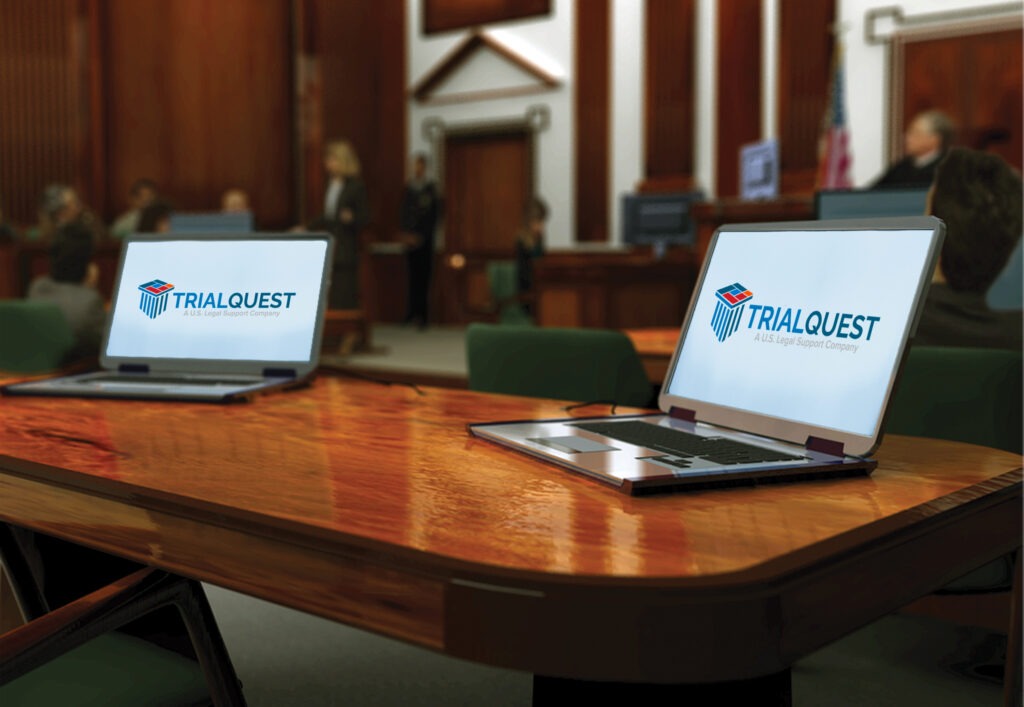Get professional trial presentations to improve your legal arguments.
Get professional trial presentations to improve your legal arguments.
Blog Article
Just How Test Presentations Enhance Your Disagreement and Convince Jurors
Trial discussions serve as a crucial mechanism for boosting legal disagreements and persuading jurors. The calculated use of visuals not only makes clear complex details however also catches jurors' attention much more properly than words alone.

Relevance of Aesthetic Aids
Aesthetic aids play an essential function in enhancing the performance of trial presentations, as they can dramatically enhance audience interaction and retention of information. In the context of a test, where jurors are tasked with handling facility info, visual help offer to simplify and clear up bottom lines. Charts, charts, and images can communicate information and ideas that may or else overwhelm or puzzle jurors, enabling a much more straightforward understanding of the evidence offered.
Furthermore, aesthetic aids help in preserving juror focus throughout the proceedings. By breaking the monotony of verbal testimony, these tools can punctuate important debates, making them a lot more memorable. Reliable aesthetic help can additionally evoke emotional actions, which can be crucial in persuading jurors to straighten with the presenter's story.

Crafting Engaging Stories
An engaging story is essential in test presentations, as it functions as the foundation of efficient persuasion. It enables lawyers to weave with each other truths, evidence, and psychological aspects into a meaningful story that resonates with jurors. This narrative structure enables jurors to comprehend the complexities of the situation while directing them through the attorney's argument.
To craft an engaging story, attorneys should focus on clarity and coherence. This includes developing a clear protagonist-- often the client-- and outlining their trip through the occasions in inquiry. Presenting the facts in a rational sequence enhances understanding and maintains involvement. In addition, using vibrant summaries can develop mental images that aid jurors picture the occasions, making the narrative much more memorable.
Additionally, incorporating vital motifs throughout the discussion enhances the core message and aids in retention - trial presentations. The narrative should not just share information however additionally stimulate a sense of justice, highlighting the risks involved. Eventually, a sound narrative fosters a link between the jurors and the case, positioning the lawyer's argument look at this now as both qualified and compelling, therefore boosting the possibility of a beneficial verdict

Engaging the Jury Psychologically
Efficient court engagement hinges on the lawyer's ability to link with jurors on an emotional level. This link can significantly impact jurors' assumptions and their ultimate decision-making. Using sob stories allows attorneys to humanize the instance, changing abstract lawful principles into relatable experiences. By providing real-life stories or testimonies, lawyers can evoke empathy and empathy, cultivating a deeper understanding of the issues at stake.
Visual help, such as pictures or videos, can better improve emotional interaction, giving jurors with vivid representations of the case's human components. Crafting a story that highlights the struggles and triumphs of the people involved makes sure that jurors see past the lawful arguments and identify the human consequences of their choices.
A lawyer's enthusiastic distribution can reverberate with jurors, enhancing their psychological investment in the instance. It's crucial to stabilize psychological charms with valid evidence, guaranteeing that jurors feel forced to act while continuing to be grounded in the fact.
Structuring Your Discussion

The body of the presentation should be realistically segmented into bottom lines, each sustained by compelling evidence. It is valuable to utilize storytelling methods to weave truths into a narrative that jurors can quickly adhere to. Visual help, such as charts and video clips, can enhance comprehension and engagement, helping to highlight vital items of proof.
Real-World Study
Checking out real-world case studies supplies very useful understandings right into the art of trial discussions and persuasion. As an example, the spots case of "O.J. Simpson v. Individuals of The golden state" shows just how aesthetic help and engaging stories can persuade jury assumptions. The protection team properly utilized a technique that incorporated top-level professional testimonies with multimedia discussions, which astounded jurors and inevitably affected their decision.
One more noteworthy instance is the "McDonald's Coffee Situation," where the complainant's lawyers used visuals pictures of the injuries sustained by Stella Liebeck. trial presentations. This raw aesthetic proof played an important duty in conveying the seriousness of her burns, resulting in a considerable court award. Such situations demonstrate that impactful test presentations typically hinge on the reliable integration of visuals and narration to stimulate emotional responses from jurors
Additionally, the "Casey Anthony Test" highlighted the relevance of narrative coherence and reputation. The prosecution's failure to develop a compelling timeline diminished their influential power, emphasizing the necessity of a well-structured presentation. Assessing these situations exposes that effective test presentations need tactical preparation, emotional engagement, and the ability to resonate with jurors' worths and beliefs.
Final Thought
Test presentations substantially improve arguments and convince jurors via the critical use of aesthetic aids, engaging stories, and psychological interaction. A well-structured presentation balances psychological appeals with valid evidence, ultimately resonating with jurors' more values.
Report this page